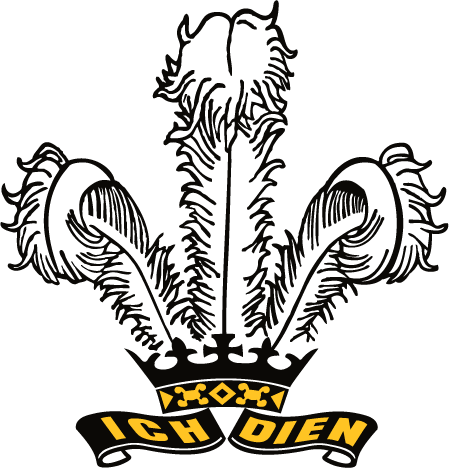ELL and Transitional
ELL (English Language Learners)-Formerly ESL
The ESL program supports students in developing their listening, speaking, reading and writing English language skills at both the communicative/social and the cognitive/academic levels. The aim of the program is to facilitate students’ successful integration into mainstream courses. The program includes ELL 1 & 2 (grades 8 & 9) and ESL 3 (grades 10 – 12). Students usually take 3-4 ELL courses, a Mathematics course, a Physical Education course and one or two grade-level electives. When students are ready to move out of ELL (as determined by their ESL teachers), they take Transitional English, and Transitional Social Studies. In the Senior Transitonal Program, students take a double block of English 10 taught by the same teacher on alternate days.
ELL Junior Program (Grades 8 and 9)
| ESL 1 - Junior Reception Level | ESL 2 - Junior Intermediate Level |
| ESL 1 COMMUNICATIONS | ESL 2 COMMUNICATIONS |
| ESL 1 READING | ESL 2 READING |
| ESL SCIENCE JR | ESL SCIENCE JR |
| ESL SOCIAL STUDIES JR | ESL SOCIAL STUDIES JR |
ELL 1 Communications This course is designed to promote oral communication skills. Students develop speaking and listening comprehension in a variety of contexts. With an emphasis on oral fluency, students engage in activities such as role-play, oral presentations, interviews, and dramatic presentations in a cooperative and supportive setting. Students are also encouraged to practice pronunciation, stress and intonation to increase confidence and further develop effective communication skills in English. ELL 1 Reading This is an introductory reading course designed to prepare students for ESL 2 and ESL 3. Students will explore a variety of texts including level-appropriate short stories and novels. An emphasis is placed on reading comprehension and vocabulary building. Students are also encouraged to read for enjoyment. ELL 2 Communications This course prepares students for integration into the mainstream academic program. It focuses on developing students’ speaking and listening comprehension in a variety of contexts. With an emphasis on oral fluency, students engage in activities such as role-play, oral presentations, interviews, and dramatic presentations in a cooperative and supportive setting. Students are also encouraged to practice pronunciation, stress and intonation to increase confidence and further develop effective communication skills in English. ELL 2 Reading This course is designed to prepare students for integration in Transitional and mainstream English courses. It focuses on literature including short stories, mythology, novel study and poetry. It further emphasizes reading comprehension and vocabulary building. In addition, students are given opportunities to communicate about what they have read both orally and in writing. Indeed, developing writing skills is also a feature of this course. ELL Science (Junior) This course follows the same curriculum as the regular Science 8 and Science 9 courses. Students are given language support in the form of extra vocabulary lists, graphic organizers and other visual aids, as well as lesson notes. Students move into either Science 9 or Science 10 depending on their age, as well as on their abilities. ELL Social Studies (Junior) This course is based on the Social Studies curriculum at the grade 8 and 9 levels. Content is modified to accommodate language levels. Vocabulary building, note-taking and developing research skills are key components of this course.
ELL Senior Program (Grades 10, 11 and 12)
| ESL 3 - Senior Reception Level | ESL 4 - Senior Intermediate Level |
| ESL 3 COMMUNICATIONS | ESL 4 COMMUNICATIONS |
| ESL 3 READING | ESL 4 READING |
| ESL SCIENCE SR | ESL SCIENCE SR |
| ESL SOCIAL STUDIES SR | ESL SOCIAL STUDIES SR |

